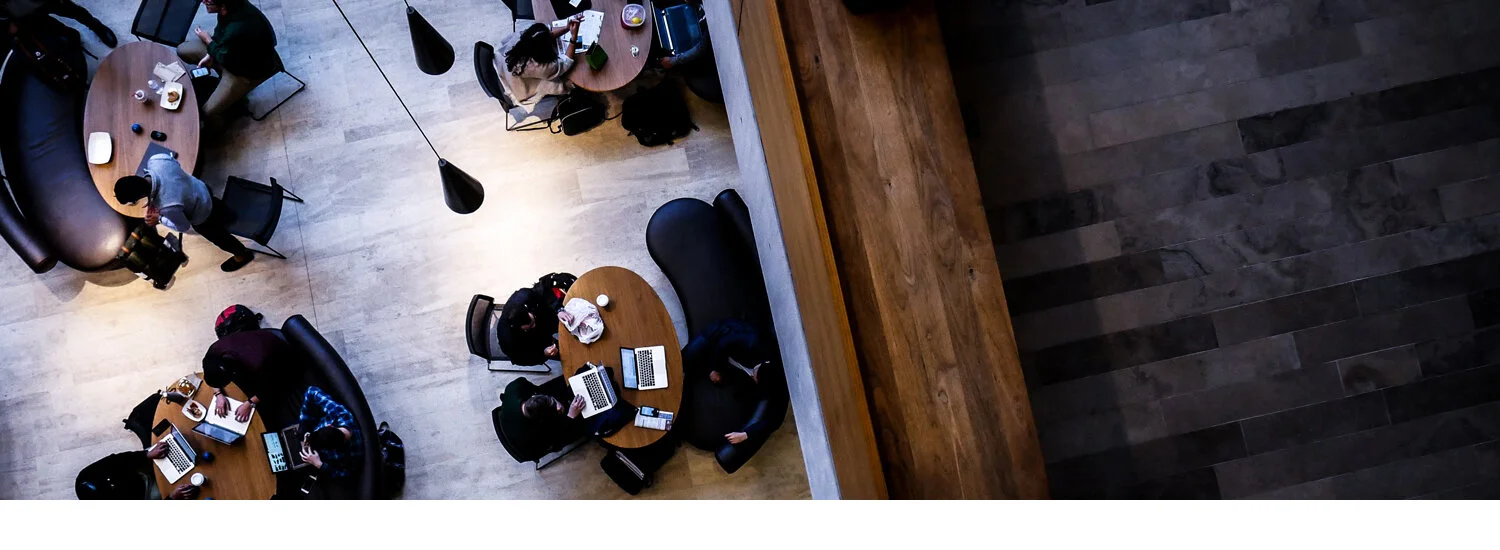Over the last month or so, each time my phone pings, beeps, or buzzes, I’ve seen sweet notes from my students excitedly telling me where they’ve been accepted. And each time, I get a flutter in my stomach until I read:
….UPenn said YES!!
…couldn’t wait to tell you - I’m going to Vassar!!
….can you believe this - WOOHOO! I just received an amazing scholarship from Miami!
I exhale with gratitude that these students are headed where they want to be for Fall 2023.The months and months of discussing, writing, editing, and rewriting have finally born this much-anticipated fruit. Our team at My Best College Plan (MBCP) forges personal connections with each student, crafting a college list which provides the best fit for them. We encourage them to write unique stories for each essay they encounter, and help them navigate the multi-step process before, during, and after applying to colleges and universities.
But that flutter I mentioned above stems from the knowledge that sometimes there is a deferral or rejection; that some folks won’t get immediately accepted. Those texts and phone calls are harder to hear, but at MBCP, my team and I are here for the highs and the lows. We’re here to listen and, when you’ve had a chance to digest whatever news you’ve received, help you develop the next steps on your journey.
While students who didn’t apply Early Decision, Early Action (or to a college/university which offers rolling admission), are waiting to hear their news, the charged environments at school and in peer groups can sometimes be overwhelming. At MBCP, we can help alleviate the stress and all-consuming thoughts/feelings which are often an inevitable part of the senior year college admission season.
Nonetheless, as with many circumstances in life, our students inevitably land in a good place and head off to college in the fall full of excitement and curiosity.
Come take a look at our Testimonials and see what families think about our work, our attention to their needs, our professionalism, and our track record.
All the best to those students who have already heard, are waiting to hear, and those who are trying to make decisions. Please remember to care for yourselves and reach out for the assistance you need along the way. Remember that we are dedicated to supporting and guiding you to success and happiness!


